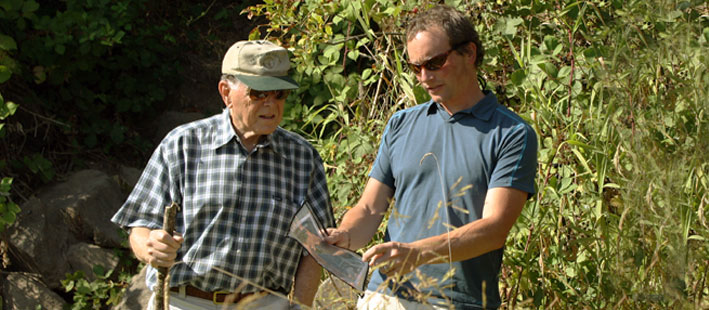
This is part of a series about the MRT members who have played a part in the incredible comeback of Oregon chub. In the coming days and weeks, we’ll share more stories of MRT members who aided the recovery.
Art and Anita Johnson

Places protected for Oregon chub are also habitat for many other creatures like Great blue herons, red-legged frogs, and Chinook salmon.
In 2007, MRT helped members Art and Anita Johnson create a conservation easement on their 28-acre floodplain property on the lower McKenzie. The land was protected for its ideal habitat for Chinook salmon, redside rainbow trout, steelhead, and red-legged frogs. Years later, researchers found Oregon chub were also using the side channels there year-round.
As more and more people studied the chub, they learned about the interrelationship between one species and the whole web of creatures that live in the river.
“You can’t allow one species to be lost without that having an impact on other species,” says Art. “I’ve been on the McKenzie and Willamette my whole life. I knew the chub was in the river and I was very pleased that they were in that pocket of our property.”
A healthy, functioning floodplain was a major help for Oregon chub. “The recovery of the chub, to a large extent, is because of natural features,” adds Art. “The way the river moves back and forth creates harbors” for fish like chub.
Like many who have assisted in chub recovery in ways large and small, Art and Anita are humble about their role. “We don’t take any credit for [the recovery],” says Art. “It was a bit of fortune that the habitat developed right in the bends of the river.”


